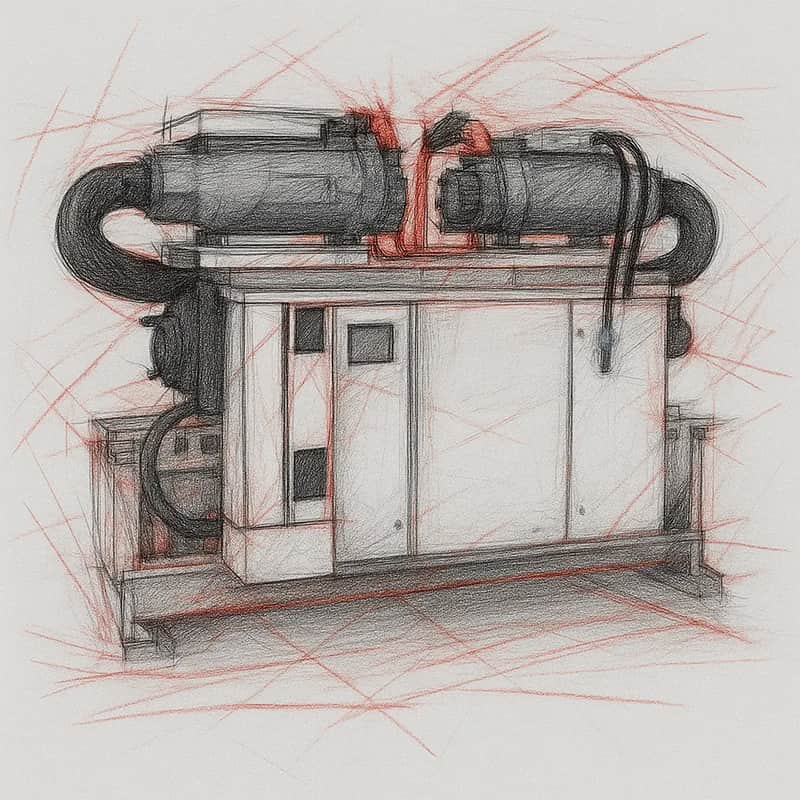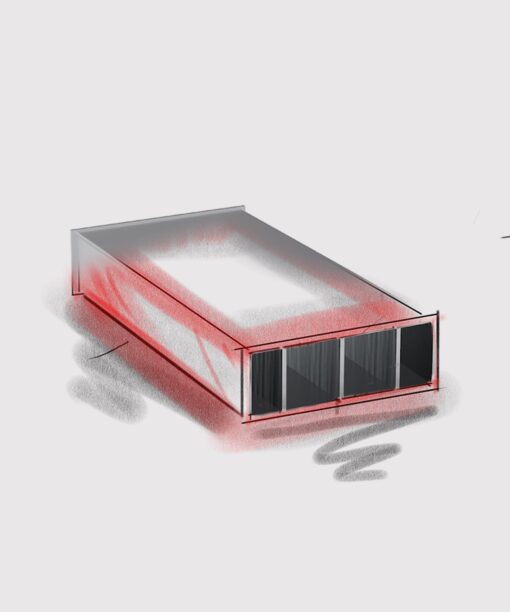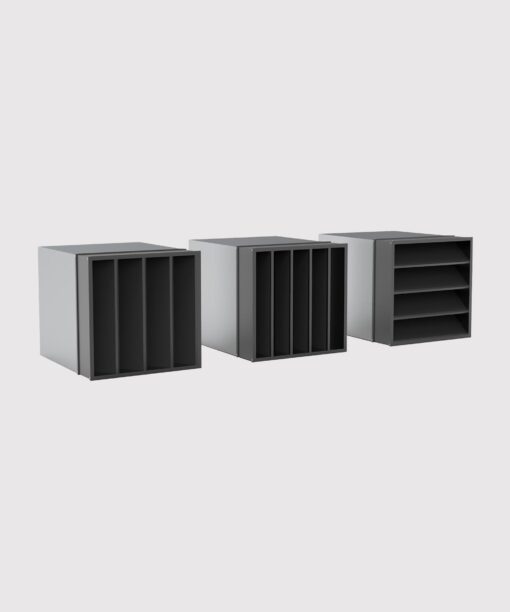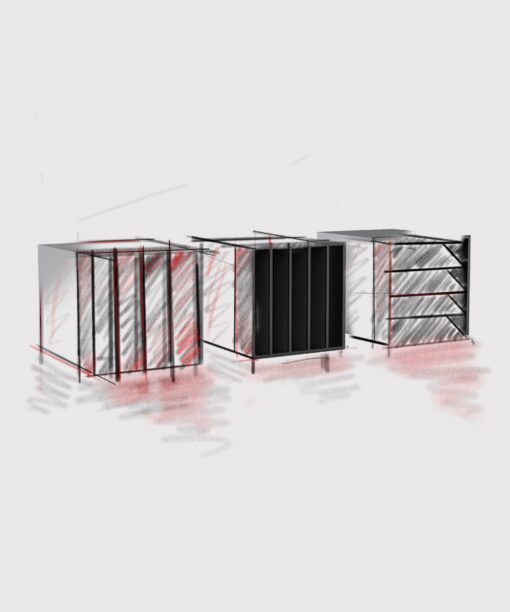READY-TO-USE ACOUSTIC SOLUTIONS
fonois
Solutions for the acoustic insulation of water-to-water heat pumps and cogenerators
Fonois provides custom-sized sound-absorbing casings designed for the acoustic insulation of water-to-water heat pumps and cogeneration units, while fully preserving the operational performance of the systems. The solutions are suitable for outdoor installations.

The benefits of soundproofing water-to-water heat pumps
When noise emissions need to be reduced, enclosing the equipment, whether a heat pump or a chiller, in a soundproofing casing is one of the most effective solutions. However, these enclosures must preserve system performance, allow routine maintenance, and integrate seamlessly with surrounding installations.
Fonois sound-absorbing casings are an ideal accessory for equipment of any size, enhancing acoustic performance without compromise, even in outdoor applications where protection against environmental elements is essential.
Similarly, cogeneration and trigeneration systems, modern energy efficiency solutions that are increasingly being adopted, can be significant sources of noise, as they simultaneously produce both electrical and thermal energy. The noise primarily originates from the internal combustion engine or turbine, ventilation and cooling systems, gas exhausts, and structural vibrations transmitted to the building.
Why choose Fonois products for the reduction of noise emissions
When noise emissions need to be reduced, enclosing the equipment, whether a heat pump or a chiller, in a soundproofing casing is one of the most effective solutions. However, these enclosures must preserve system performance, allow routine maintenance, and integrate seamlessly with surrounding installations.
Fonois sound-absorbing casings are an ideal accessory for equipment of any size, enhancing acoustic performance without compromise, even in outdoor applications where protection against environmental elements is essential.
Similarly, cogeneration and trigeneration systems, modern energy efficiency solutions that are increasingly being adopted, can be significant sources of noise, as they simultaneously produce both electrical and thermal energy. The noise primarily originates from the internal combustion engine or turbine, ventilation and cooling systems, gas exhausts, and structural vibrations transmitted to the building.




